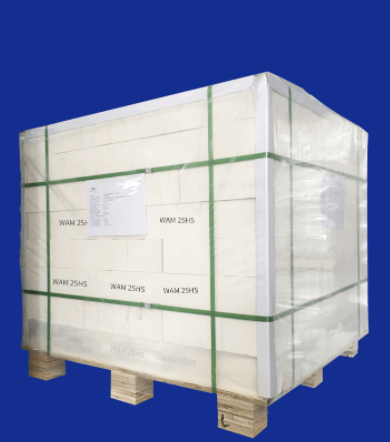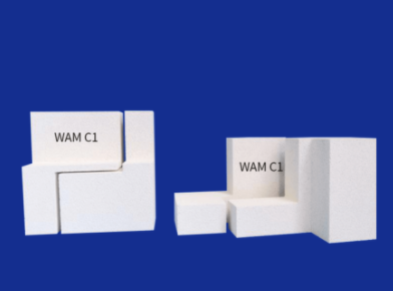The Best Solution For Energy Saving And Reducing CO2 Emission
The Best Solution For Energy Saving And Reducing CO2 Emission
 Tel: +86-532-85717690/85717352/85832089
Tel: +86-532-85717690/85717352/85832089 E-mail: wam@wamcn.net
E-mail: wam@wamcn.net
Fire bricks are used in high-temperature settings such as furnaces, kilns, and manufacturing facilities. They are preferred due to their thermal conductivity. Furthermore, they are ideal for reducing the amount of energy used.
Here’s a guide intended to help you select the best insulation firebrick for your specific needs.
Yes, because they are a type of refractory brick that can withstand very high temperatures.
Since they act as heat insulation, firebricks are suitable to line furnaces, chimneys, kilns, and boiler refractory.
Furthermore, these refractory bricks can withstand up to 1400°C but only conducts a partial amount of heat.
As a result, it generates a higher level of energy efficiency which benefits many heavy industries.

The type of bricks that will work best for you is entirely dependent on your intended application. Here are three types and what they’re used for:
Super-Duty Firebricks
High-Alumina Firebrick
Insulating Firebrick
1) Super-Duty Firebricks
Super-duty firebricks are used for thermal insulation in higher temperatures. Many super-duty firebricks are made from a very durable and heat resistant material such as silica. Various kinds of super-duty are used in industrial settings such as the glass and steel industry.
2) High-Alumina Firebrick
High-alumina firebricks are a great choice due to their resistance to corrosion and their performance in high-temperature furnaces. They’re used in various applications like in and around blast furnaces, cement, lime, ceramic kilns, and glass tanks.
Pro Tip: High-alumina firebricks are commonly used in refinery, chemical, and refractory industries.
3) Insulating Firebrick
Insulating firebricks are lighter weight and used in lower temperatures. They don’t absorb the heat like other refractory bricks. However, they can be used around furnaces to trap the heat in.

Low Thermal Conductivity
A higher level of porosity is better for insulation and saving energy.
High Crushing Strength
Able to withstand high thermal states and also with good volume stability.
Low Heat Storage
Stores low level of heat but absorbs more heat which saves more energy.
High Purity
Low content of impurities such as iron, alkaline, and metal.
Accurate Dimension
Custom sizing for example machining, cutting, and grinding shapes.
No matter the application, it’s critical to select the best insulation brick for your project. While this guide may help you in selecting the ideal brick, you should always speak with a professional to ensure you’re using the appropriate firebrick.
If you’re looking for high-performance insulation bricks,we has a team of experts that finds the best solutions for your application. Please contact us immediately.